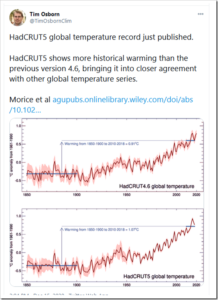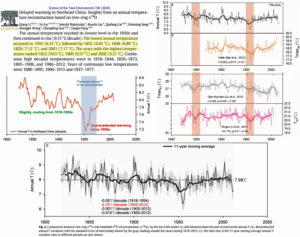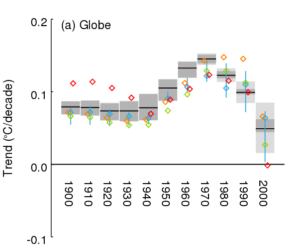by Sue Bin Park, Aug 22, 2025 in SkepticalScience
Surface temperature records are consistent and have been confirmed by multiple independent analyses.
Measurements come from over 30,000 stations worldwide, with around 7,000 having long, continuous monthly records. Scientists adjust for known local anomalies such as urban heat islands by comparing urban and rural trends and accounting for differences.
Allegations in 2009 that poorly located U.S. stations skewed data were tested by NOAA, which found those sites actually read slightly cooler on average.
The independent Berkeley Earth Surface Temperature (BEST) study, led by a former climate skeptic, merged global datasets and concluded that the warming trend is unaffected by stations’ local conditions and nearly identical to NASA and NOAA records.
Temperature measurements are corroborated by satellites, ocean data, melting ice, and shifting ecosystems, all showing the same warming trend. No credible analysis has found that site issues or adjustments undermine the global record.
Go to full rebuttal on Skeptical Science or to the fact brief on Gigafact
This fact brief is responsive to quotes such as this one.
Sources
Skeptical Science Understanding adjustments to temperature data
NASA GISS Surface Temperature Analysis (v4)
Geoscience Data Journal The international surface temperature initiative global land surface databank: monthly temperature data release description and methods
Skeptical Science Berkeley Earth Surface Temperature Study: “The effect of urban heatingon the global trends is nearly negligible”
NOAA On the reliability of the U.S. surface temperature record
Carbon Brief Explainer: How data adjustments affect global temperature records
…




